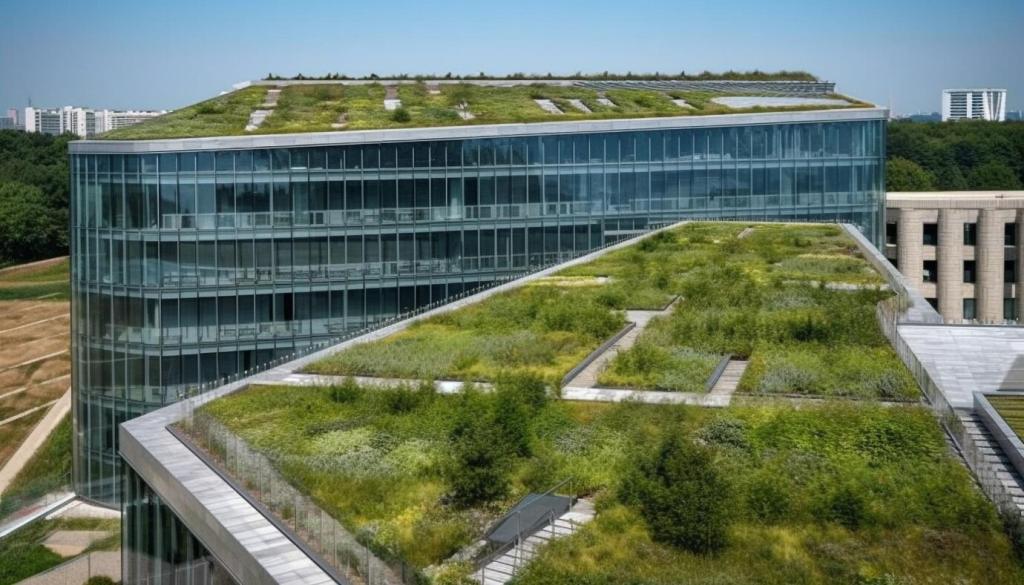Water-Saving Technologies in Building Design
The importance of water conservation in the modern built environment cannot be overstated. As global water resources become increasingly strained by population growth and climate change, integrating innovative water-saving technologies into building design has emerged as a top priority. These advancements not only reduce operating costs and environmental impact but also help future-proof structures against tightening regulations and fluctuating water availability. By leveraging cutting-edge systems, efficient fixtures, and intelligent management solutions, architects and developers can deliver buildings that excel in performance, sustainability, and occupant well-being.
Smart Plumbing Fixtures and Fittings
High-Efficiency Toilets and Urinals
High-efficiency toilets and urinals represent a major leap in water conservation for building interiors. Unlike traditional models that may use over 6 liters per flush, advanced alternatives are engineered to perform optimally on less than half that amount. Pressure-assisted and dual-flush toilets offer users the flexibility to select flush volumes based on need, while waterless or low-flush urinals eliminate or minimize water use entirely. These fixtures not only save water but also lower utility costs and reduce the burden on municipal sewage systems. In large commercial or institutional buildings, where washroom use is frequent, upgrading to high-efficiency models can translate to tens of thousands of liters saved per year, bringing significant environmental and financial benefits.


Water-Saving Faucets and Showerheads
Water-saving faucets and showerheads are essential components of sustainable design, enabling significant reductions in daily water consumption without compromising user experience. Aerated faucets, for example, mix air with water to produce a satisfying flow while drastically reducing the actual volume used. Advanced showerheads leverage engineered nozzles and flow restrictors to maintain water pressure and comfort even as they cut consumption by up to 50 percent compared to older models. These fixtures often integrate sensor-based or touchless operation, ensuring water only flows when genuinely needed. This technology is especially valuable in high-traffic washrooms, where inadvertent water waste can quickly add up. By choosing these advanced fixtures, developers contribute to both short-term savings and long-term sustainability goals.
Decentralized Greywater Systems
Decentralized greywater systems are designed to operate at the level of a single apartment, floor, or building zone, making them ideal for residential projects, hotels, or offices. Greywater from showers, sinks, and washing machines is collected, filtered, and treated using compact treatment units that remove soaps and particulates. The treated water is then routed for non-potable applications like toilet flushing or landscape irrigation. Such systems are relatively easy to install and maintain, offering significant water savings with minimal disruption to occupant routines. Decentralized approaches foster resilience by reducing dependence on municipal water and wastewater services and can help buildings meet rigorous green certification standards.
Centralized Greywater Treatment Plants
For large commercial and institutional developments, centralized greywater treatment plants offer a scalable solution for water reuse. These plants collect greywater from multiple sources throughout the building or campus, passing it through a series of physical, biological, and sometimes chemical treatment processes to achieve high water quality standards. The reclaimed water can then be distributed back for toilet flushing, cooling tower makeup, or onsite irrigation. Centralized systems are highly efficient and can be integrated with building management systems for optimized performance. Although they require greater upfront investment, these technologies deliver large-scale water savings and demonstrate an institution’s commitment to environmental responsibility.
Integration with Building Automation Systems
Sophisticated greywater recycling systems can be fully integrated with building automation systems, enabling coordinated control and monitoring. Automation platforms can track greywater production, quality, and use in real time, automatically adjusting flows to meet varying demands and prevent overflows or shortages. Data analytics highlight patterns and optimize resource allocation, allowing facility managers to make more informed decisions. Integrating greywater reuse with building management not only maximizes efficiency but also streamlines maintenance, ensuring the system continues to deliver water savings over the building’s lifespan.

